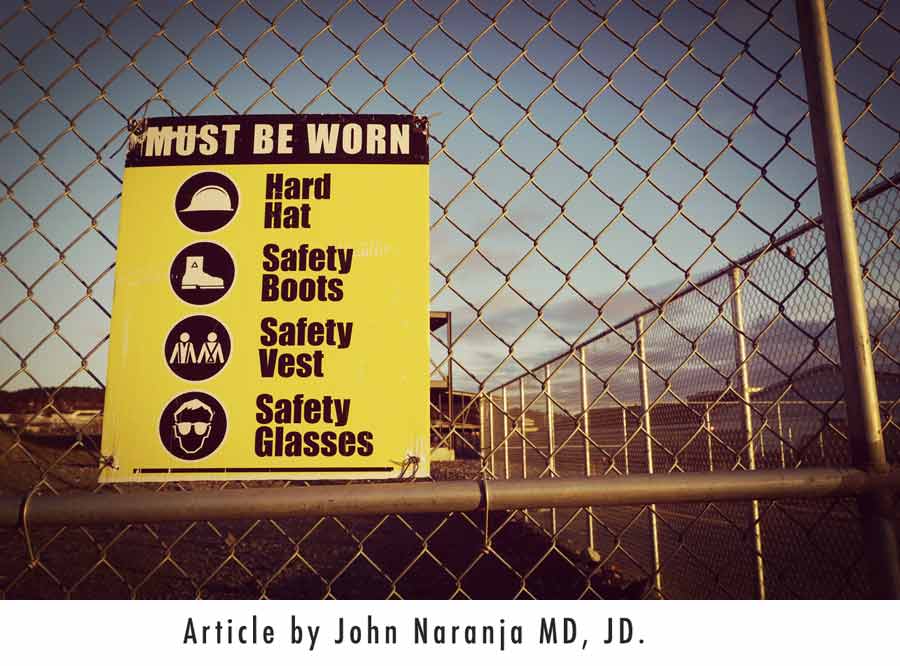
Constructions sites are considered a high hazardous area where a number of injury risks exist. The office of Occupational Safety and Health Administration (OSHA) publishes its standards for safety in the construction industry and is a good source for discussing the most common construction site injuries.

The nature of a construction site involves possible dangers related to impacts from falling objects or flying debris. These objects often arise from elevated locations. Accordingly, section 1926.100 of the Construction Site OSHA regulations deals with proper head protection. This also relates to traumatic brain injuries or concussions as a common construction site workplace injury. Symptoms of a concussion depend on the area of the brain where the impact occurred. As a result, symptoms can vary from headaches, nausea, vomiting, dizziness, light sensitivity to feeling “foggy,” and having mood and/or personality changes.

Falling and flying objects also commonly impact the feet. Safety-toe footwear is regulated by OSHA standard 1926.96.
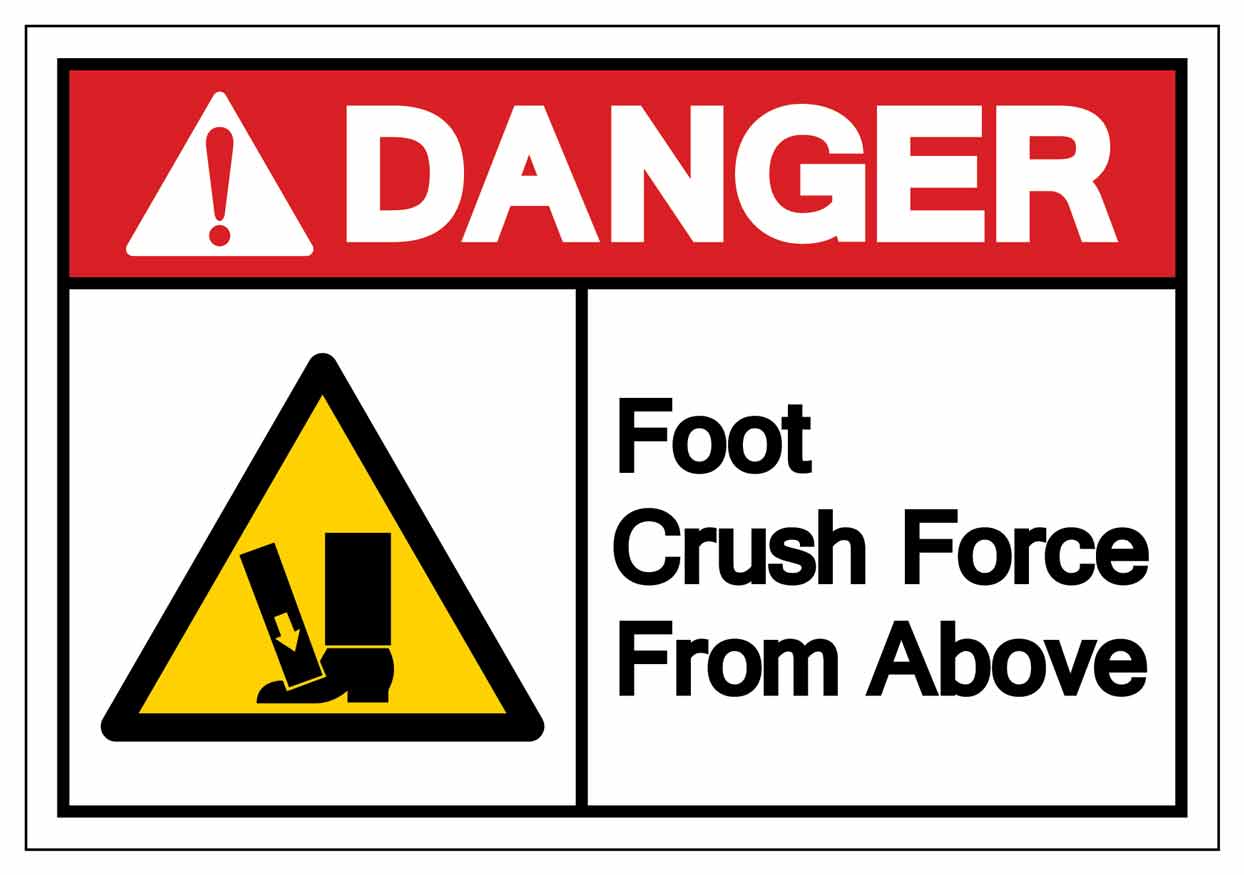
Crush injuries to the foot may cause fractures, soft tissue injuries, and even limb loss.
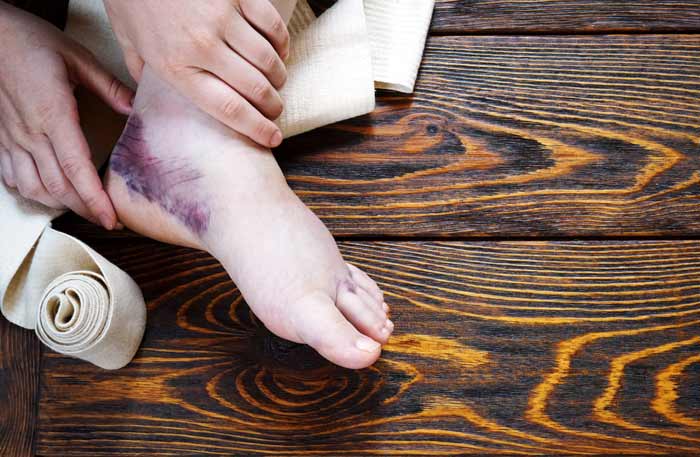
Limb loss can occur where the crush injury so severely injures the blood vessels that the foot can either no longer receive oxygen and other nutrients to survive, or the crush causes toxic substances to accumulate and cause further damage.
The presence of heavy machinery and the risk for individual falls from a height at construction sites creates an environment where catastrophic spinal cord injury can also occur.
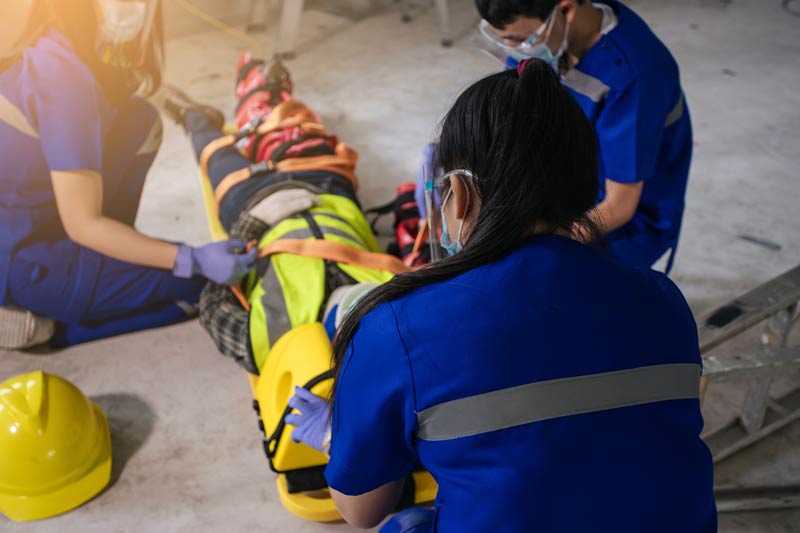
The type and extent of injury depend on the level, location, and side at which the spinal cord is traumatized. Both complete (e.g. quadriplegia, paraplegia) and incomplete (e.g. quadriparesis, paraparesis) spinal cord injuries have been described.
Burns and scarring are another one of the most common construction site injuries. Exposed electrical wiring, hazardous chemicals, and flammable materials at the construction site all contribute to this risk.

OSHA standard 1926.97 describes electrical protective equipment. This includes insulated rubber gloves and sleeves. Fire protection and prevention include access to fire extinguishers and/or access to a fire hose and connections. Burns are graded according to degree. First-degree burns involve the superficial layer of skin, or epidermis. Sunburns are an example of first-degree burns. A second-degree burn goes deeper into the skin entering the dermis. The formation of a blister is an example of this type of burn. A third-degree burn is the most severe type of burn and extends to the hypodermis and beyond.
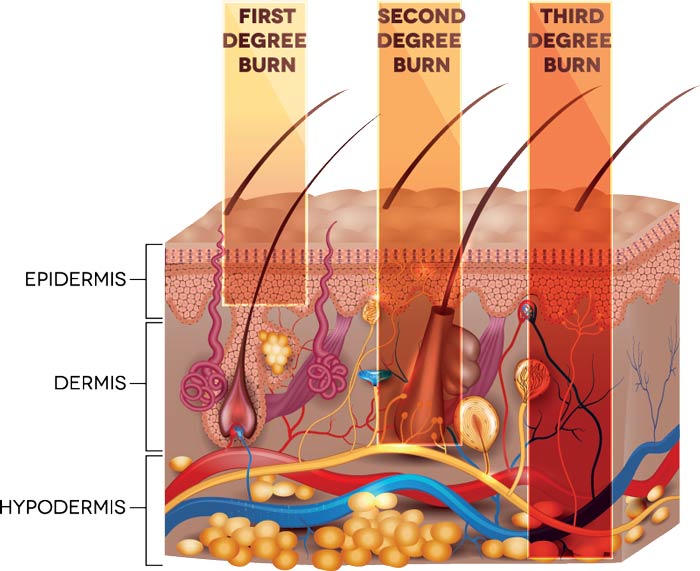
A construction site typically generates loud noises with the use of heavy equipment and power-operated devices and tools.
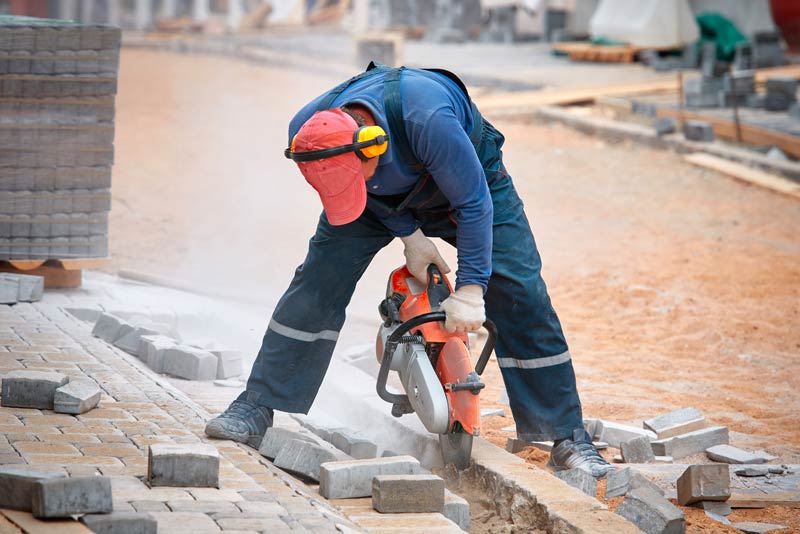
OSHA 1926.101 provides the standard for ear protective devices. Noise-induced hearing loss can occur in a number of ways, but the most common is damage to the hair cells of the cochlea or inner ear. Sound vibrations create waves in the fluid-filled cochlea. When the waves move, they cause hair cells in the cochlea to bend, which gets transmitted as sound to the brain. Prolonged loud sounds can destroy hair cells, leading to loss of hearing.
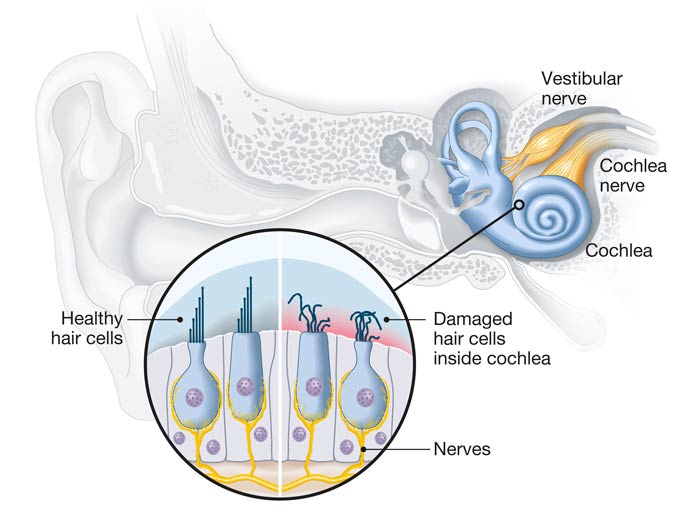
Flying debris, blinding light, and work with chemicals that may be caustic, among other exposures, results in potential injuries to the eyes and face. OSHA 1926.102 regulates protective wear in these cases. Welding provides a useful example of how damage to the eyes can occur.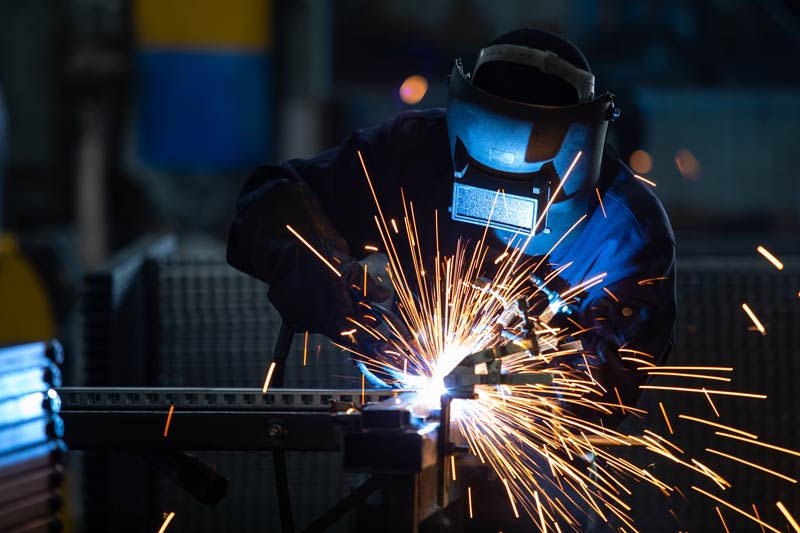
Welding tasks use a very bright light that also carries ultraviolet (UV) radiation. UV radiation exposure to the cornea may cause a “sunburn” to the cornea, also called photokeratitis. UV radiation that affects the retina, where visual stimuli gets transmitted to the brain, can lead to blindness. This is also called blue light hazard.
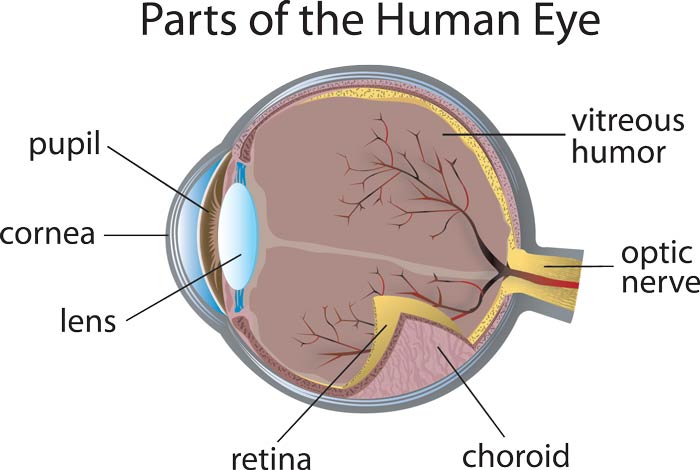
Construction sites remain an environment where safety and awareness of potential dangers are paramount. Injuries at these locations may be catastrophic and warrant attention.
Dr. John, Esq. is both an attorney and a physician. Before obtaining his law degree, Dr. John Naranja practiced for approximately 12 years as an orthopedic surgeon.
